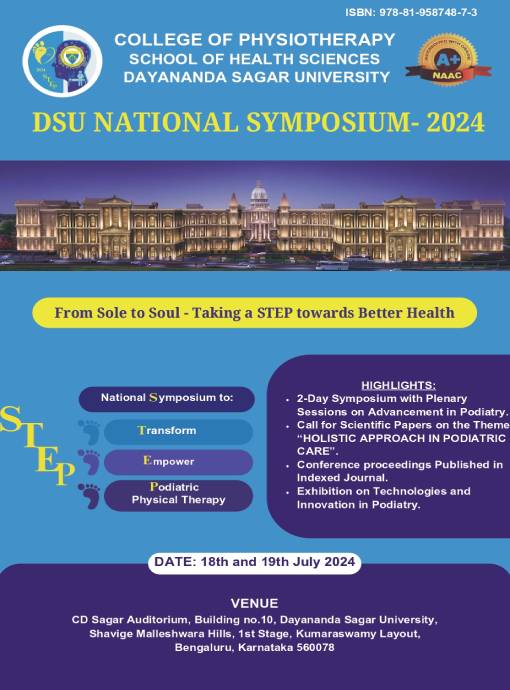Prevalence of Work-Related Musculoskeletal Disorders and Severity of Neck, Upper Limb and Back Disability Among Coffee and Allied Farming Workers in Sakleshpura
DOI:
https://doi.org/10.18311/DSUPHY/9788195874873/2024/046Keywords:
Back Pain; Coffee Farmers; Ergonomics; Musculoskeletal Disorders; Neck Pain; PostureAbstract
Background: One of the significant economic sectors in India is agriculture. Workers in plantation settings are exposed to a multitude of health issues due to the nature of their work, working conditions, and environment, among which Musculoskeletal Disorders (MSDs) are a major concern. There is a lack of evidence indicating the prevalence of work-related musculoskeletal disorders among coffee and allied farm workers in Sakleshpura.
Aim: The study aims to estimate the prevalence of work-related musculoskeletal disorders among coffee and allied farming workers. And to find out the severity of neck, upper limb, and back disability among coffee and allied farming workers.
Methodology: It was a cross-sectional study, and a convenience method sampling, study was done in Sakleshpura. The researcher collected data from each subject through direct oral interviews using the Nordic Musculoskeletal Questionnaire (NMQ), the Neck Disability Index Questionnaire (NDI), Disabilities of the Arm, Shoulder and Hand Questionnaire (DASH), and Modified Oswestry Low Back Pain Disability Questionnaire (MOLBPDQ) were administered to coffee and allied farming workers who reported experiencing neck pain, shoulder pain, and low back pain on the NMQ. The data collected was then subjected to statistical analysis.
Result: The present study showed that maximum coffee and allied farming workers were affected in lower back (59.52%) during the last 12 months.
Conclusion: In this study, it was found that workers involved had ergonomic risks and determined that lower back issues are more prevalent compared to neck and upper back problems.
 Samarth A. S.
Samarth A. S.
